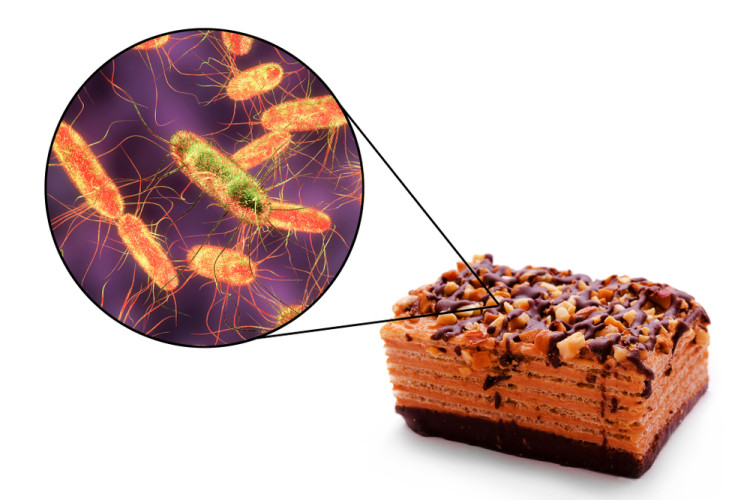News
11.04.2019 - Foods

What is the difference between food infection and food intoxication (food poisoning)?
Common foodborne infection pathogens include Salmonella, VTEC, and Listeria monocytogenes. The bacteria are ingested with food and can multiply well in the intestines due to the good nutrient availability. After an incubation period of a few days, they cause inflammation and the usual disease symptoms, such as abdominal pain, diarrhea and vomiting. These symptoms are usually associated with fever.
Bacillus cereus, Staphylococcus aureus, Clostridium perfrigens, and Shigella, on the other hand, lead to food intoxication. This is caused by toxins produced by the intoxication pathogens. Here, symptoms such as vomiting and diarrhea can occur within a few hours after consuming the contaminated food. One of the most well-known food toxins is Shiga toxin.
There are also bacterial species that combine both symptoms. These cause a toxi-infection. STEC or EHEC belongs to this group of bacteria.
In our Tentamus laboratories, we routinely conduct tests for Salmonella, Listeria monocytogenes, Bacillus cereus, and many other pathogenic germs. We provide fast and reliable results.
Our customer consultants are available to assist you with any questions.
Source: CVUA Stuttgart
